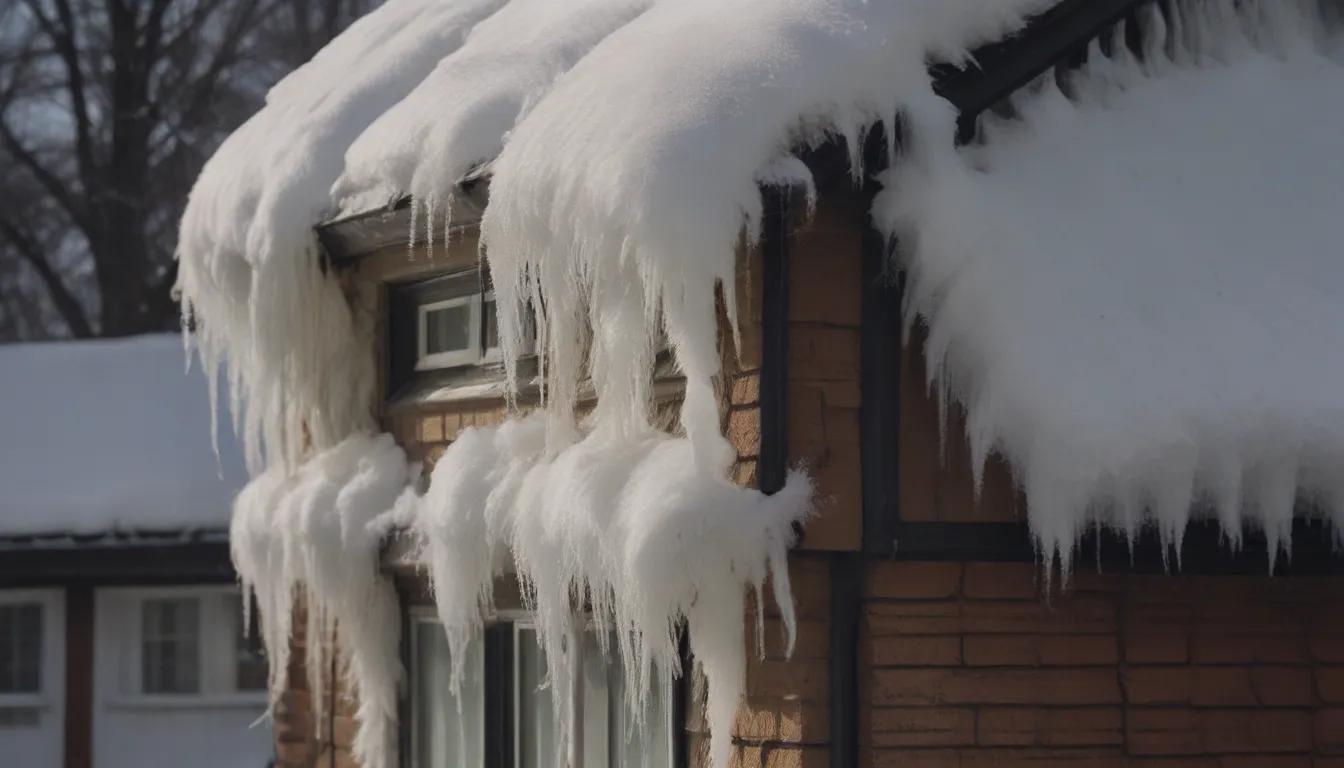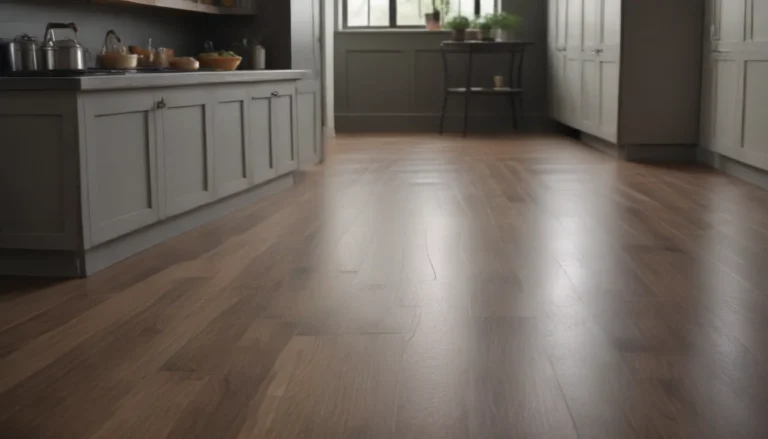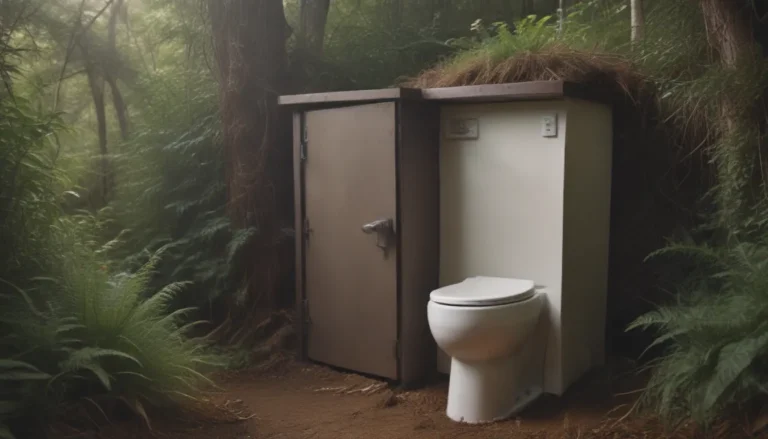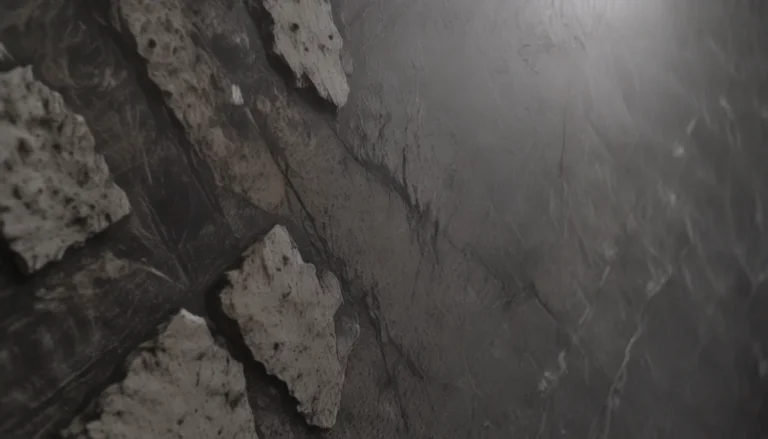Everything You Need to Know About Preventing Ice Dams on Roofs

Hey there, homeowners in snowy, cold-winter climates! I bet you’re all too familiar with the pesky issue of ice dams forming on your roofs during the winter months. These masses of ice that gather along the lower edge of a roofline can cause significant damage if left unchecked. But fear not, because I’m here to provide you with all the information you need to prevent ice dams from wreaking havoc on your home.
The Problems With Ice Dams
Before we dive into how to prevent ice dams, let’s take a look at the problems they can cause:
- Compromising the roof: Ice dams can put undue stress on your roof, leading to leaks and structural damage.
- Heat loss in the house: The presence of ice dams can indicate poor insulation and ventilation, resulting in heat loss and higher energy bills.
- Short-term damage: Ice dams can cause immediate issues such as leaks and water damage.
- Long-term damage: Over time, recurring ice dams can weaken your roof’s integrity and lead to costly repairs.
What Causes Ice Dams?
Understanding the root cause of ice dams is essential to preventing them in the future. Ice dams are typically formed when snow melts on a warmer part of the roof and then refreezes at the colder eave overhang. This cycle creates a blockage that prevents proper drainage, leading to water seeping into your home.
To break it down further:
- Ice dams form when the space inside an attic is above freezing, causing snow to melt on the roof.
- Heavy snowfall exacerbates the issue by trapping warm air underneath, leading to more melting.
How to Prevent Ice Dams
Now, let’s get into the nitty-gritty of preventing ice dams with some practical tips and tricks.
Ventilation Under the Roof Deck
Proper ventilation is key to keeping your roof cool and preventing ice dams. By circulating cool air in the attic space, you can maintain a consistent temperature that discourages snow from melting.
- Soffit and ridge vent system: Allow for the continuous flow of air through the attic to keep the roof temperature regulated.
- Soffit or gable vents: Traditional roof venting options can also help maintain proper airflow.
Insulation in the Ceiling
Insulating the living spaces below the attic is another crucial step in preventing heat from rising to the roof deck. A well-insulated ceiling can help maintain a stable temperature and reduce energy costs.
- Insulate the attic floor: For open attics, insulating the floor is essential.
- Insulate the rafter spaces: In finished spaces, ensure that rafter spaces are adequately insulated and sealed.
Block Heat Sources
Identifying and eliminating heat sources in the attic is vital to preventing ice dams. Old fixtures and uninsulated ductwork can contribute to heat buildup, so it’s essential to address these issues.
- Replace old recessed lights: Upgrade to insulated modern fixtures to reduce heat transfer.
- Insulate HVAC ductwork: Wrap ductwork in fiberglass insulation to prevent heat from entering the attic.
Use Electric Heat Cable
If all else fails and you’re still dealing with ice dams, consider installing an electric heat cable along the roofline and gutters. This solution can help melt ice and prevent dams from forming.
- Follow safety precautions: When using heat cables, always follow the manufacturer’s instructions and ensure regular maintenance.
How to Get Rid of Ice Dams Fast
While preventive measures are crucial, sometimes you may need to take action to get rid of existing ice dams quickly.
- Keep gutters clean: Clear out debris to ensure proper drainage.
- Use a roof rake: Remove excess snow to prevent further ice buildup.
- Use ice-melt products: Safely melt ice to alleviate pressure on your roof.
- Chip off ice: In cases of severe ice buildup, chipping off chunks can help prevent damage.
- Hire a professional: If you’re unsure or uncomfortable handling ice dams yourself, consult a professional for assistance.
Tip
Avoid high-pressure power washing methods that can damage your shingles and worsen the issue.
Remember, many insurance policies may cover damage caused by ice dams, so be sure to check your coverage and take necessary precautions to prevent future damage.
By implementing these preventive measures and quick solutions, you can protect your home from the damaging effects of ice dams and enjoy a worry-free winter season. Stay safe and warm, everyone!





